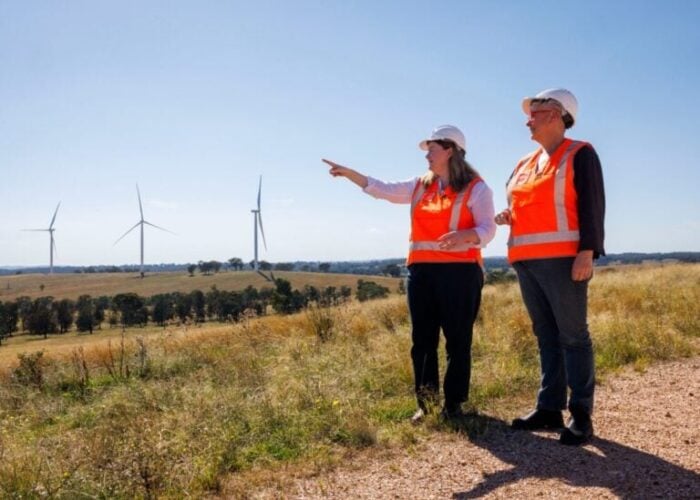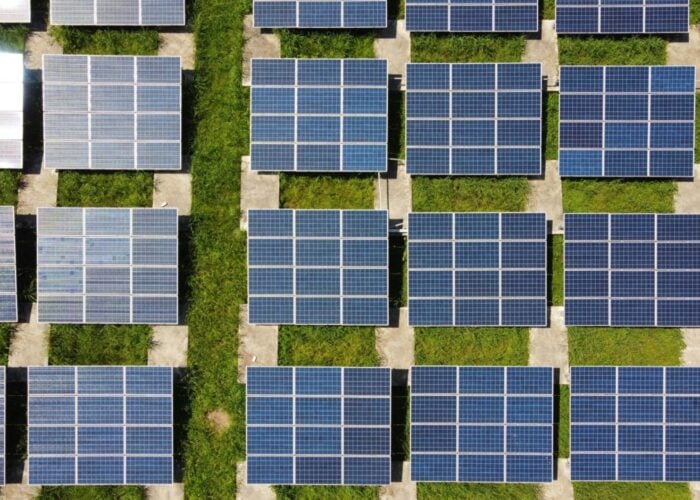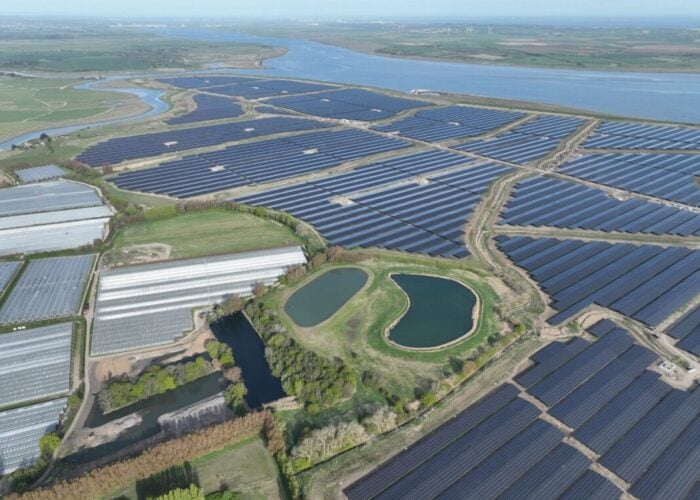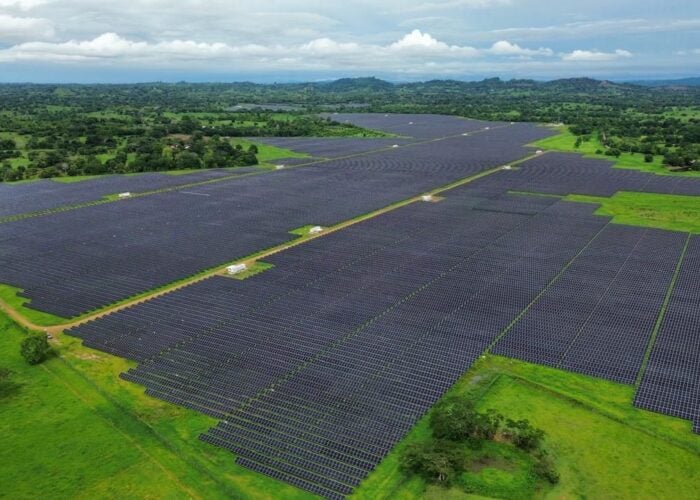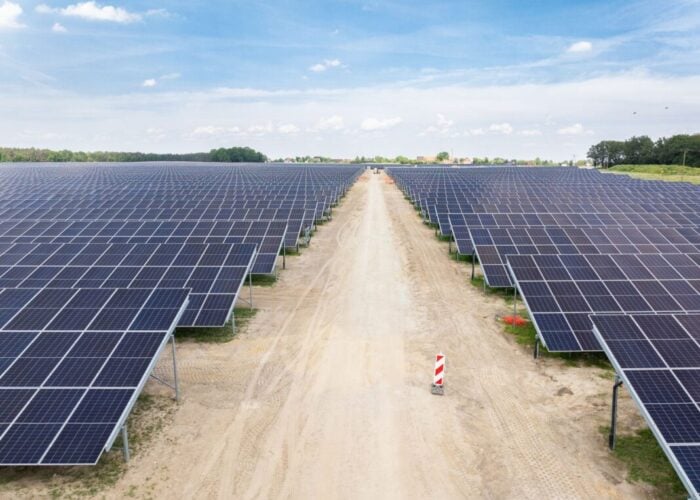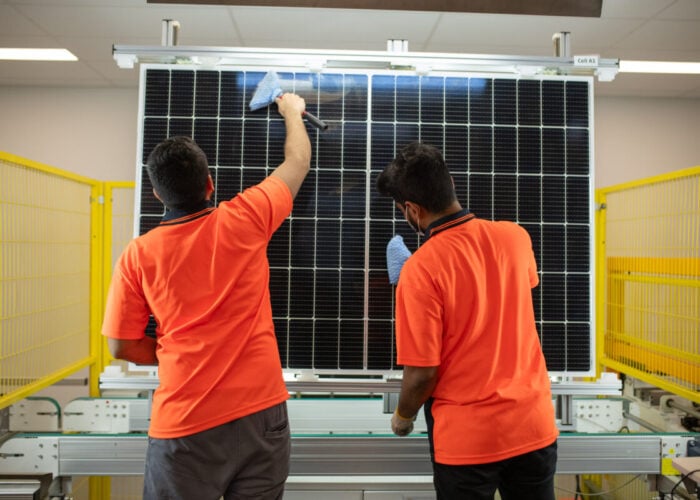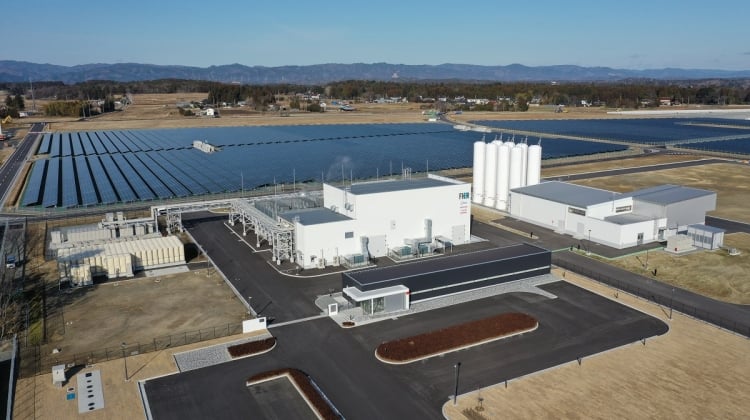
An alliance of global energy and industrial giants has increased its own green hydrogen commissioning target by tens of gigawatts while simultaneously lauding the role renewables is set to play.
The UN-supported Green Hydrogen Catapult (GHC) was launched late last year by energy companies including ACWA Power, Iberdrola, CWP Renewables and Ørsted, immediately establishing a target of commissioning 25GW of green hydrogen facilities by 2026.
Unlock unlimited access for 12 whole months of distinctive global analysis
Photovoltaics International is now included.
- Regular insight and analysis of the industry’s biggest developments
- In-depth interviews with the industry’s leading figures
- Unlimited digital access to the PV Tech Power journal catalogue
- Unlimited digital access to the Photovoltaics International journal catalogue
- Access to more than 1,000 technical papers
- Discounts on Solar Media’s portfolio of events, in-person and virtual
But during yesterday’s Energy Day of the COP26 climate summit in Glasgow, officials from the GHC revealed that the alliance was to drastically increase its target, committing to bringing 45GW of green hydrogen electrolyser capacity to a final investment decision by 2026 and commissioning by 2027.
To illustrate the scale of the challenge at hand, the Catapult said yesterday that there is currently just 3GW of green hydrogen projects globally at the final investment decision stage.
“To a certain extent, this is a leap of faith,” said Alex Hewitt, chief executive at renewables developer CWP. But, Hewitt said, that leap of faith was vital due to the long lead times associated with projects of the size and scale being discussed and with gigawatts of green hydrogen capacity needed by the late 2020s to begin decarbonising hard to abate sectors such as shipping and aviation.
Hewitt added that the potential market for green hydrogen was “enormous”, indicating that various estimates have suggested the green hydrogen sector could be valued at between US$8 – 12 trillion as economies progress towards net zero targets.
Despite the clear use case for green hydrogen, the market remains relatively nascent. Electrolysers entering commercial operation now are limited to the tens of megawatts in capacity, most of which are pilot projects launched with the backing of utilities and/or oil and gas majors.
But, Hewitt said, the green hydrogen sector is not seeking state subsidies or handouts. “We don’t want governments throwing US$50 million or US$100 million here and there for R&D… that’s not the answer,” he said.
Instead, the Catapult stressed the need for stability in policy, indicating that the private sector will “rise to the tech challenge” and scale up “incredibly rapidly”.
What’s needed is for policy to be focused on securing the end use for green hydrogen and to establish confidence. “We need leadership, courage and speed. All of which comes from governments,” Hewitt said.
Other members of the GHC speaking on the panel yesterday included mining major Fortescue Future Industries CEO Julie Shuttleworth and Iberdrola director of climate change Gonzalo Saenz De Miera, the latter of whom described green hydrogen as the “perfect complement” to deep electrification via renewables before indicating that one of the major hurdles that needed to be addressed was how gigawatts of electrolyser capacity will be powered.
Hewitt noted that if total renewables generating capacity needed to increase four- or five-fold in the coming decades to decarbonise power generation, then a further factor of one needs to be added for green hydrogen alone.
Another contributing factor to the growth of green hydrogen will be a perceived competition with ‘blue’ hydrogen and other generation methods. Hewitt and Shuttleworth both stressed the need for a globally-accepted “green stamp”, based on the emissions intensity of how hydrogen is generated, with governments only endorsing pure green hydrogen.

